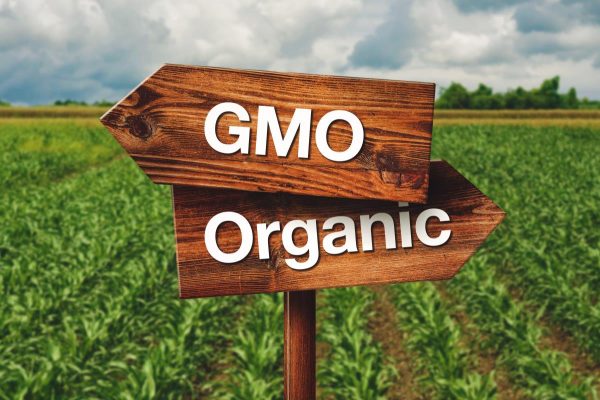Monsanto finally exposed as the puppet master behind the effort to retract Seralini’s GMO study
08/03/2017 / By Ethan Huff

Just like many people thought was the case, the Monsanto corporation has been exposed for conspiring to have an indicating study on its popular Roundup (glyphosate) herbicide pulled from the scientific journals. Internal Monsanto documents recently released by attorneys reveal that Monsanto launched an aggressive campaign to have Gilles-Eric Séralini’s study showing that Roundup causes cancer censored from view.
The research showed that exposure to Roundup, even at very low levels, induces a powerful toxic effect on mammals, especially over the long term. Besides causing serious liver and kidney damage in test rats, Roundup was found to trigger the formation of cancer tumors, suggesting that further research be conducted to carefully evaluate the clearly carcinogenic nature of Roundup.
This was obviously really bad news for Monsanto, as its top-selling weedkiller was now in the spotlight as being associated with cancer. So the multinational chemical company immediately launched a retraction campaign to smear Séralini’s work and make it appear as though it was fraudulent. Monsanto further tried to conceal its own efforts in orchestrating this immoral witch hunt.
Internal company documents, which were recently made public as part of a massive lawsuit against Monsanto, show that the chemical giant engaged in a fraudulent campaign to discredit Séralini’s study for the simple reason that it made Monsanto look bad. It did this by hiring fake “independent” scientists to challenge its publishing.
“Monsanto scientist David Saltmiras admitted to orchestrating a ‘third party expert’ campaign in which scientists who were apparently independent of Monsanto would bombard the editor-in-chief of the journal Food and Chemical Toxicology (FCT), A. Wallace Hayes, with letters demanding that he retract the study,” reports indicate.
Monsanto employing same corrupt tactics as Big Tobacco
The hiring of fake “third party experts” is nothing new. It’s the same public relations tactic that the tobacco industry used to try to defend the reputation of cigarettes against an onslaught of science showing that tobacco sticks – and especially those laced with synthetic chemicals, as most major brands are – tend towards being grossly unhealthy.
It’s a tactic likely used by many large industries, but now there’s definitive proof that Monsanto employed it as part of a propaganda campaign to defend Roundup against emerging independent science that contradicts the company’s version of “science.” And it was none other than GMWatch founder Jonathan Matthews who first exposed Monsanto’s corrupt dealings back in 2012.
A Monsanto scientist by the name of David Saltmiras actually admitted to successfully facilitating “numerous third party expert letters to the editor which were subsequently published, reflecting the numerous significant deficiencies, poor study design, biased reporting and selective statistics employed by Séralini,” Saltmiras wrote.
“In addition, coauthored the Monsanto letter to the editor with [Monsanto employees] Dan Goldstein and Bruce Hammond.”
Saltmiras goes on in his now-revealed correspondences to boast about his connections with the Editor-in-Chief of the first journal that published Séralini’s paper. Saltmiras admits that this Editor-in-Chief was actually the “single point of contact between Monsanto and the Journal.”
But that’s not all – another Monsanto employee by the name of Eric Sachs wrote a similar email admitting to corporate fraud in obstructing the scientific process. Directed towards Bruce Chassy, a scientist who operates the pro-GMO website Academics Review, Sachs’ email issues a plea for more “outsiders” to send letters to the editor asking for Séralini’s study to be retracted, noting that it can’t look like such letters are in any way connected to Monsanto.
“My intent was to urge you to roll back the clock, retract the paper, and restart the review process,” Sachs wrote in his letter to Chassy, which is listed alongside many other now-public documents posted to U.S. Right to Know (USRTK).
Sources for this article include:
Tagged Under: Bruce Chassy, Collusion, corruption, glyphosate, Monsanto, Roundup, scientific fraud



















